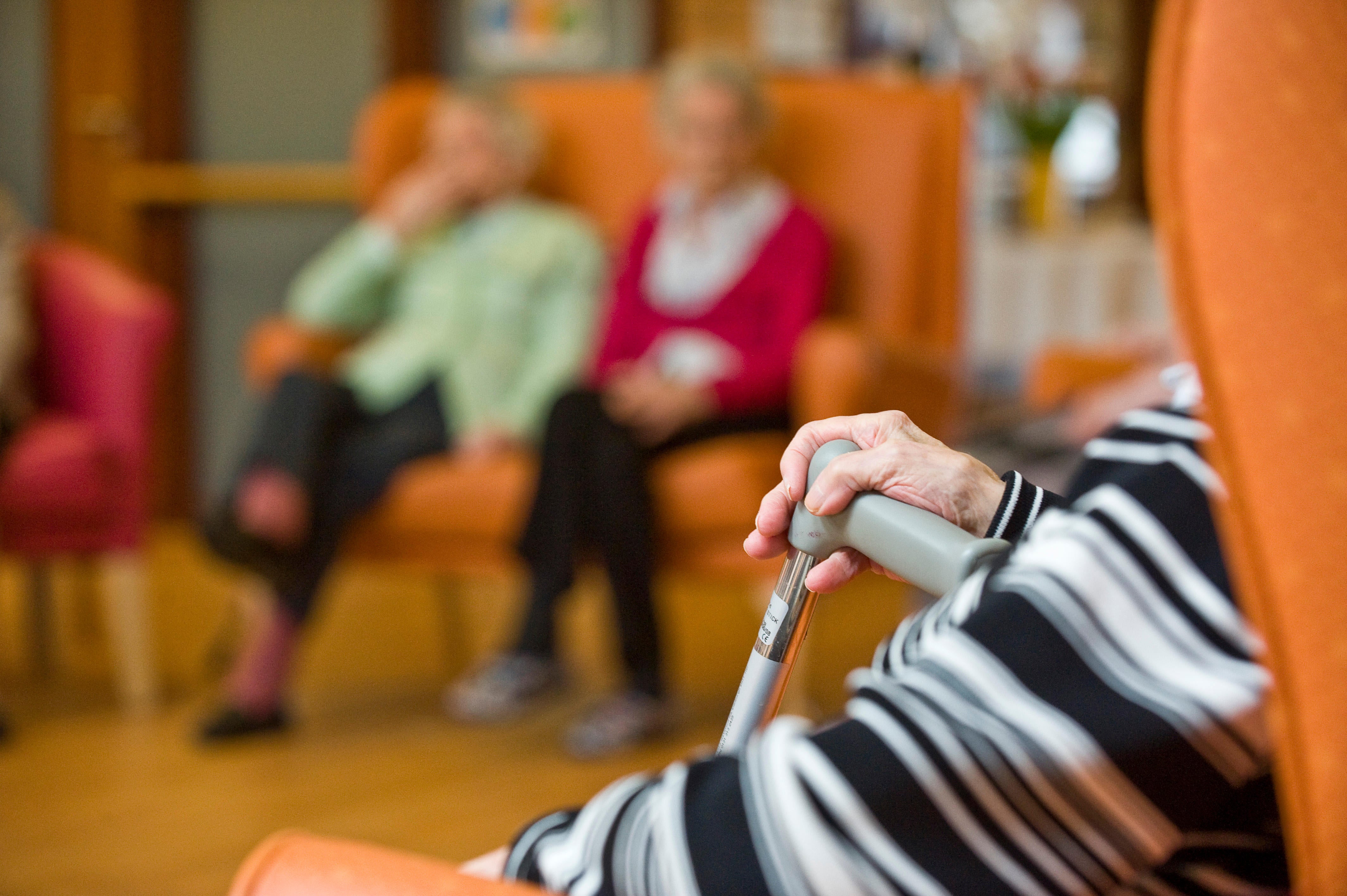‘More than one in five care home beds in England unfilled’
The number of care home residents has fallen by around 8% since before the pandemic, latest estimates suggest.

Your support helps us to tell the story
From reproductive rights to climate change to Big Tech, The Independent is on the ground when the story is developing. Whether it's investigating the financials of Elon Musk's pro-Trump PAC or producing our latest documentary, 'The A Word', which shines a light on the American women fighting for reproductive rights, we know how important it is to parse out the facts from the messaging.
At such a critical moment in US history, we need reporters on the ground. Your donation allows us to keep sending journalists to speak to both sides of the story.
The Independent is trusted by Americans across the entire political spectrum. And unlike many other quality news outlets, we choose not to lock Americans out of our reporting and analysis with paywalls. We believe quality journalism should be available to everyone, paid for by those who can afford it.
Your support makes all the difference.More than a fifth of care home beds in England are unfilled, according to new estimates.
The number of care home residents has fallen by around 8% since before the pandemic, figures from the Office for National Statistics (ONS) suggest.
There were an estimated 360,792 care home residents, occupying 77.8% of care home beds, between March 1 2021 to February 28 2022.
Of these, 34.9% (125,954 residents) were paying for some or all of their care, with the remainder funded by the state.
Between August 2019 and March 2020, the ONS estimated there were 391,927 care home residents occupying 84.7% of beds.
Of these, 36.7% (143,774) were estimated to be self-funding.
Bed occupancy decreased by 6.9 percentage points, with 22.2% of beds unfilled in the latest period.
The fall in occupancy rates, and fewer people privately funding their care, has led to some care homes receiving less income despite increased pandemic-related costs, and, more recently, the cost-of-living crisis.
It follows a significant number of excess deaths of residents during the pandemic, and may also reflect a shift towards more people wanting to receive care at home and hesitancy around choosing care homes.
The ONS analysed data from care homes for adults of all ages collected by the Care Quality Commission, covering more than two-thirds (68.6%) of homes.
This is a significant increase from 39.1% of care homes that the last data set covered.
People classed as self-funders were either paying for their own care privately or had their care provided by a charity, while some may also have been receiving some NHS-funded care.
Although the proportion of care home residents self-funding their care was similar to pre-pandemic estimates, the number of self-funders fell by 12.3%.
Care homes in the most deprived areas, smaller care homes and care homes for younger adults had the lowest percentage of residents self-funding their care.
The Independent Care Group, which represents providers in York and north Yorkshire, said alarm bells should be ringing as care homes “continue to fight for survival”.
Chairman Mike Padgham said: “Covid-19 devastated bed occupancy – there was tragic loss of life and after its peak homes were restricted in taking new admissions as Covid breakouts continued.
“Now, admission levels are struggling to recover because confidence has been affected.
“At the same time, the sector is going through a staffing crisis with many providers in both care and nursing homes, and in home care, struggling to fill shifts.
“And now rocketing bills, including gas and electric, are placing huge financial pressures on those homes.
“All in all, this is a terrible time for the social care sector – the worst I have known in more than 33 years of providing care.”
Nuffield Trust researcher Camille Oung said the pandemic will have a “destabilising effect” on social care for some time.
She said: “A combination of hesitancy in people choosing care homes, a preference for receiving care at home and heavy costs for people paying for their own care are keeping occupancy down.
“Many care providers are also experiencing severe staffing shortages, meaning some care homes cannot even welcome more people because they lack the staff to care for residents.
“All of this makes a system that is already difficult to navigate even tougher.”
She added that Government reforms to introduce a care cap from October may help but do not address the issues facing providers and residents now.
A Department of Health and Social Care spokesperson said: “We are committed to quality care and provision for people in care homes and our white paper sets out an ambitious 10-year vision for adult social care, backed by £5.4 billion.
“This will include £500 million of investment to develop and support the social care workforce over the next three years to boost the sector’s ability to recruit and retain staff, improve learning and development, and better support mental health and wellbeing.”